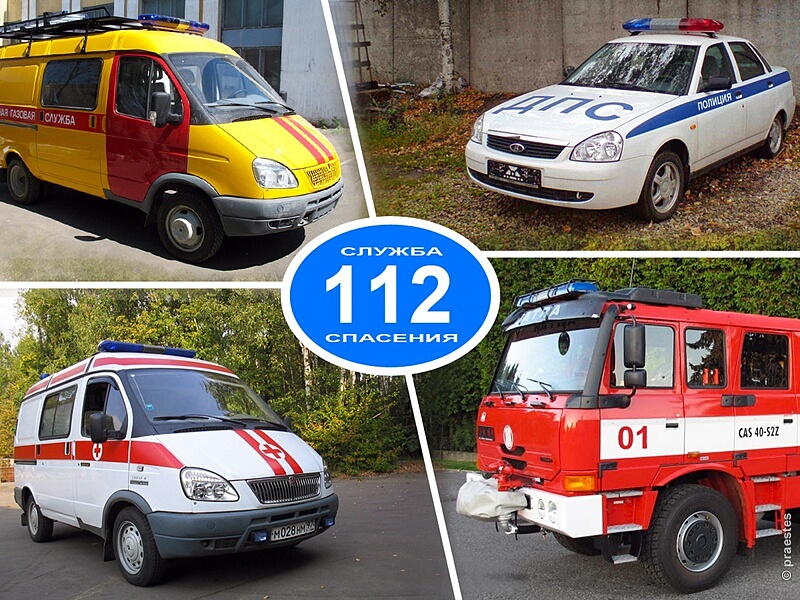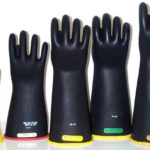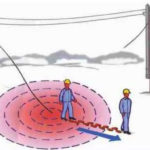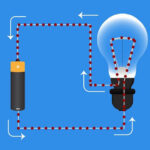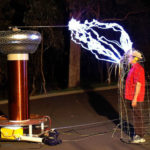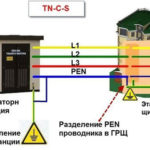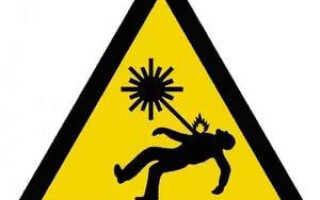Electric trauma causes local and general disorders in human body, so first aid for electric shock must be given immediately.
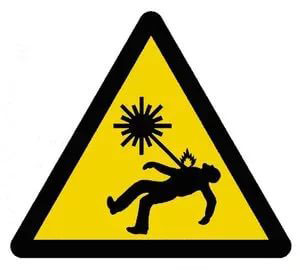
Contents
- 1 First-aid measures for the victim
- 2 Release of the victim from the action of electric current
- 3 Evaluate the condition of the victim
- 4 Determination of trauma type
- 5 Performing measures for rescuing the victim
- 6 Maintain vital functions until medical personnel arrive
- 7 Call an ambulance or arrange for transportation to a hospital
First aid measures
On how quickly will be taken first aid measures injured from the electric current, depends on the health and life of the person. Consequences of even a minor, as it may seem, electrocution may appear after some time, the condition may worsen due to a violation of the blood supply to the heart muscle.
First aid for electric shock victims begins with stopping the electric current. Whoever is near the victim must first de-energize the scene of the accident, depending on the source of electricity:
- Disconnect the electrical appliance, the circuit breaker;
- Take the electric cable away from the victim with a dry stick;
- ground current sources;
- pull the person by his clothes, if they are dry (do this only with one hand).
Do not touch any exposed areas of the victim's body with unprotected hands, first aid to the injured must be carried out in accordance with safety procedures. After that, the condition of the victim should be assessed and he should be rested. If the injuries are local, the burns should be treated and covered with a dressing. With severe injuries, artificial respiration may be necessary.
Regardless of the severity of the electric shock and the condition of the victim, call a doctor or take the person to the nearest hospital yourself.
Releasing an injured person from the effects of electric current
The degree of electric shock depends on the voltage of the household appliance or industrial installation. Electric shock can occur not only by touching an electrical source, but also by arcing contact (especially if humidity is high).
Isolate the source of electricity as quickly as possible, but keep your own safety in mind. Often the rescuer himself is a victim of current exposure if he neglects to follow safety procedures.
If the person who has been electrocuted is at a height (roof, ladder, tower or pole), then measures should be taken to keep him from falling and further injury. If the rescue operation is conducted indoors, the lights may go out completely when the electrical appliance is turned off, which means the rescuer should have a flashlight or candle with him.
Use dielectric gloves, rubber mats and other similar non-conductive protective equipment when releasing an injured person. Insulating pliers will help protect against high-voltage exposure.
If the electric wire is firmly grasped in the hand of the victim and there is no way to disconnect the circuit breaker, then the source of current should be cut with an axe with a wooden or plastic handle.
Using electrical protection equipment the victim must be dragged at least 4 m away if the accident occurs indoors. Professional electricians authorized to perform hazardous work shall maintain a step voltage zone of 8 m in the event of an electrical short circuit in the switchgear. Only use dielectric boots and goose-step shoes and keep your feet on the ground when approaching a high-voltage victim.
Medical care in case of electric shock should be provided to any injured person, even if the injury is minor and the person did not lose consciousness and looks healthy.
Assessing the condition of the victim
First aid for electrocution is given at the scene of the accident as soon as it is de-energized.
There are 4 degrees of electrical trauma, according to the nature of the lesion the condition of the victim is evaluated and the actions for assistance are determined:
- First degree - convulsive contraction of muscles without loss of consciousness is noted;
- second degree - convulsive muscle contraction accompanied by loss of consciousness;
- third degree - loss of consciousness, no signs of independent respiration, disruption of cardiac activity;
- fourth degree - state of clinical death (no pulse, dilated pupils).
In order to keep the victim alive, it is important not only to free him or her quickly from the effects of current, but also to begin resuscitation within the first 5 minutes if there is a cardiac arrest or loss of consciousness.
Determining the nature of the injury
Current-induced injuries can be local or general. Their severity should be assessed as soon as the person is released from the area of electric current exposure.
Local manifestations are burns at the inlet and outlet points of the current ("current marks"), which follow the shape of the source (rounded or linear), their color may be dirty gray or pale yellow. There may be no pain from skin burns. Electrical trauma causes dry skin necrosis, the spots are more pronounced at the site of current entry, and the burn may be superficial or deep, depending on the strength of the exposure.
A lightning strike causes branched blue spots on a person's body caused by dilated blood vessels ("lightning signs") and general signs of body damage are more severe (deafness, dumbness, paralysis).
An AC force of 15 mA causes convulsions, and 25-50 mA causes respiratory arrest, and due to spasm of vocal cords the person is unable to call for help. In such a situation, if the current continues, cardiac arrest occurs. Pale skin, dilated pupils, no carotid pulse and no breathing are characteristic of such severe trauma. Such a condition is fixed as "imaginary death", that is, the person differs little in appearance from the deceased.
With a mild degree of defeat (without loss of consciousness), in addition to severe fright a person experiences dizziness, muscle tremors, visual impairment.
Prolonged muscle cramps are dangerous because they cause accumulation of lactic acid, development of acidosis and tissue hypoxia. The person may develop cerebral and pulmonary edema. Such a condition is accompanied by vomiting, frothy discharge from the mouth and nose, loss of consciousness, and fever.
Carrying out measures to save the victim
However, both mild shock and signs of severe shock require pre-hospital care for electrocution. While waiting for the arrival of the ambulance, the victim should be at rest. He should be placed on a flat hard surface and not allowed to move or stand up, as severe complications may arise due to circulatory disorders.
The skin around the burns should be treated with iodine or manganese solution, then dry dressings should be applied. If the person is conscious, he is given painkillers (Analgin, Amidopyrine, etc.), sedatives (Valerian tincture, Bekhterev's mixture, etc.).
If the person is faint but has a pulse, free them from clothing that is constricting their breathing (remove or undo them), give them ammonia to sniff or splash water on their face. Afterwards, the victim should be given warm tea or water and warm coverings.
In severe states that are accompanied by symptoms of clinical (imaginary) death, resuscitation measures should be resorted to. In case of cardiac arrest a pre-cardiac blow can be life-saving: in the first seconds you should apply 1-2 blows on the sternum with your fist. A sharp concussion of the stopped heart produces a defibrillation effect.
Small children should never be struck in the chest, as this can cause injury to internal organs. The effect of a pre-cardiacal blow can be given by patting the baby's back.
After that, artificial respiration (16-20 breaths per minute mouth-to-mouth or mouth-to-nose) and indirect heart massage are performed simultaneously.

Maintaining the victim's vital functions until the arrival of medical personnel
Pre-hospital care for an electric shock victim should be provided until qualified medical personnel arrive, even if signs of life (pulse, breathing) have not appeared.
If cardiac activity is not restored, but the injured person has a pulse in the major arteries and sporadic breaths, resuscitation must not be stopped. Sometimes it takes a long time, but it is the only chance to save the life of an electric shock victim. Artificial respiration with a working heart quickly improves the condition of the patient: the skin takes on its natural coloring, a pulse appears, the blood pressure begins to be determined.
Stop resuscitation attempts only when signs of biological death appear (pupil deformity, drying of the cornea, cadaveric spots).
Call an ambulance or arrange for your own transport to a medical facility
All the victims of exposure to electric current shall be hospitalized, so the ambulance must be called after any injury. The fact is that within a week or more there may be repeated cardiac arrests and the phenomena of secondary shock.
The victim must be transported in the supine position. During the transport you must carefully monitor the patient's condition and be ready to help quickly in case of respiratory or cardiac arrest. If the victim never regained consciousness, resuscitation actions should be continued during transportation.
